
A brown bear has just been released in Pallars Sobirà.
The new arrival will go by the name of Goiat, which is the local word for young boy. Ten years old and weighing 205kg, he was released yesterday evening in the Isil Valley. . The team which went to Slovenia to select him say that they spent a week finding a bear which would be well adapted to life in the Pyrenees [information fom PirosLife twitter feed].
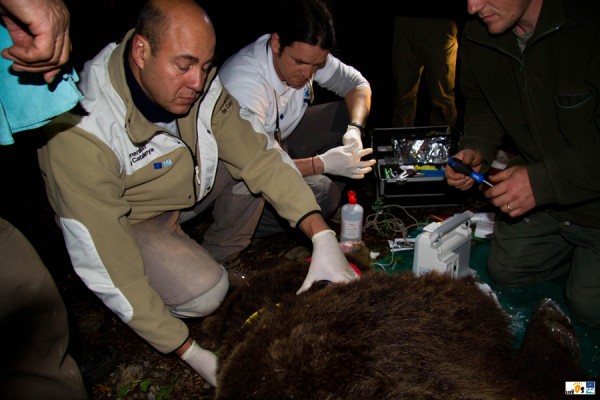
He was captured in the Jelen Hunting Reserve in Slovenia on Sunday evening and set out at 2:30 in the morning, arriving at 20:30 yesterday. He is equipped with transmitters which will enable the team to follow his movements.
Significantly some local mayors were invited to the event. Park director Marc Garriga explained that “this reintroduction has been done in a consensual manner so representatives of the population have been invited”. PirosLife has a budget of 2.5million euros, of which 1 million has been spent, mainly in Pallars Sobirà and Vall d’Aran, to promote the coexistence of bears and livestock. Press release [in Catalan]

The announcement was made today 7 June 2016 in la Farga (Llavorsí, Pallars Sobrirà) by Ferran Miralles, director of environmental policy for the Generalitat (Catalan regional government). Also present were Marc Garriga, director of the Alt Pirineu Natural Park and Santi Palazón, technical director of the Piroslife project.

The reintroduction is the first for ten years. Following violent protests after the arrival of five bears in 2006, the French government has been wary of importing more bears from Slovenia despite a commitment to protect the bear population.
See also my discussion of rewilding in the Pyrenees.
A brief history of the reintroduction of bears in the Pyrenees
In the Middle Ages there were perhaps 3000 brown bears (Ursos arctos) in the Pyrenees and many more throughout France and Spain. But by the end of the 20th century the Pyrenees and Cantabria were their last refuge. By 1996 with only five bears left in the Pyrenees there was no possibility of the population surviving; two females and one male were brought in from Slovenia. In 2006 a further five bears were added and now there are about 30 in all. However, the Pyrenean sub-species disappeared with the death of Cannelle in 2004.
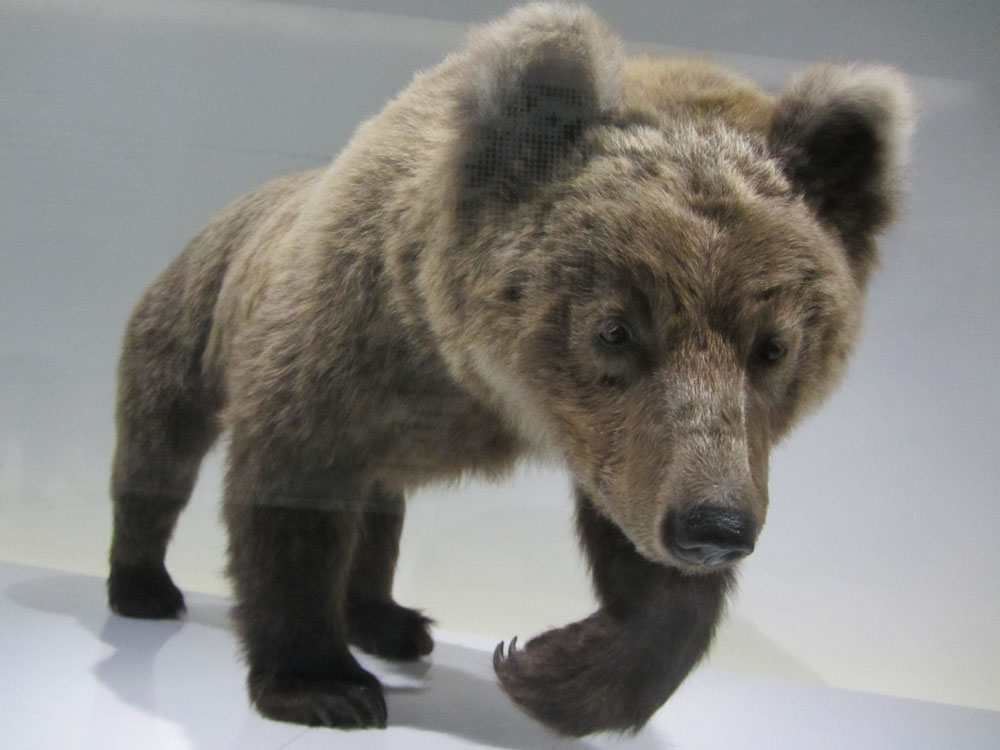
More troubling for conservationists is the dominance of Pyros who is father or grandfather (sometimes both) of the vast majority of cubs. Hvala is mother of at least nine of them. It was this lack of genetic diversity which prompted the Catalans to step in.
Meanwhile the bear population in Cantabria has been going from strength to strength, despite some experts advice that bears were incompatible with the area. With about 250 specimens in two distinct zones, the main concerns are lack of genetic diversity, poisoning, shooting and trapping, and habitat loss.
So why did the French government stop its programme? As a result of pressure from Pyrenean livestock farmers. Initially, environment minister Serge Lepeltier was considering fifteen bears in a second wave of reintroductions but before their arrival in 2006 he had been replaced by Nelly Olin and the number cut to five.
Protests against the bear rewilding project
According to the anti-bear ASPAP*, in 1996 nobody really knew what the consequences would be and livestock farmers were unprepared for the damage. By 2006 they had created the ASPAP to work alongside the ADDIP**. Despite their names suggesting a global interest in Pyrenean heritage, the two associations are essentially vehicles for protesting against the reintroduction or encouragement of predators. The arrival of the bears in 2006 was greeted by mass protest and a riot in the village of Arbas.
Since 2012, when Nicolas Sarkozy the then President said that he thought the reintroductions had been a mistake, the ASPAP has been keeping a low profile but when I interviewed two militants at the Tarascon (Ariège) sheep fair in May 2016 it was clear that things were likely to change.
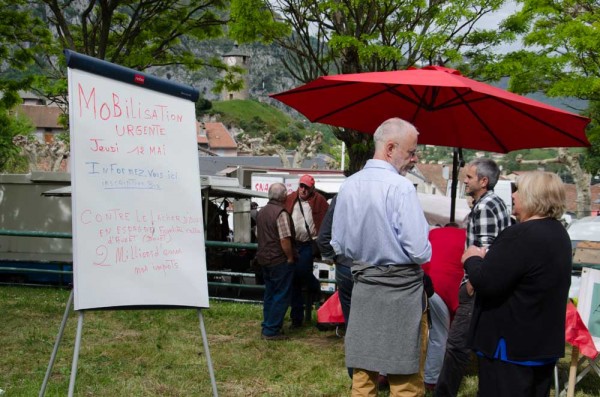
A notice board announced a demonstration on 12 May against the projected new arrival and another anti-rewilding demonstration is planned for 1 June at the Préfecture de Région in Toulouse. The committee responsible for the implementation of the Pyrenean Strategy for Biodiversity Enhancement is due to meet there that day and discuss the bears. The ASPAP wants to make sure that its voice is heard.
The anti-bear demonstration on 12 May was small, with only 30 protesters. So the number of participants at the 1 June event will be seen as a test of the determination of the farmers to stop predators returning to the mountains.

Meanwhile in Vielha, the Catalan Unió de Pagesos has been demonstrating for better protection for the animals on the mountains. Interestingly, unlike their French counterparts they are not calling for an end to the rewilding program but for “a balance between livestock raising and biodiversity“.
France 3 television has recently published a very good overview of the last 20 years of bears in the French Pyrenees.
*ASPAP Association pour la Sauvegarde du Patrimoine d’Ariège-Pyrénées (Association for the Preservation of the Heritage of Ariège-Pyrenees)
**ADDIP Association de Développement Durable de l’Identité des Pyrénées (Association for the Sustainable Development of Pyrenean Identity)
More on bears in my new book Footprints on the Mountains… the news from the Pyrenees.

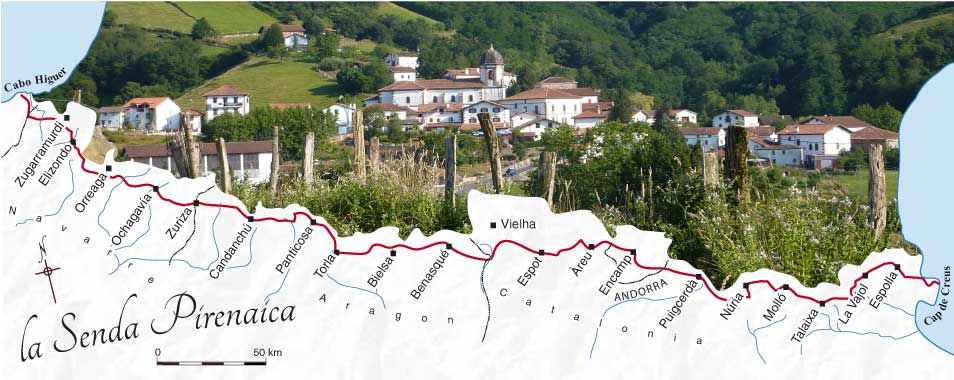

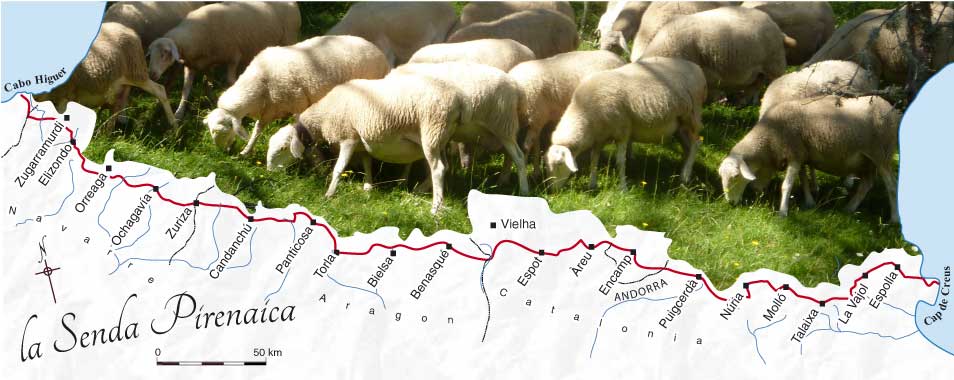



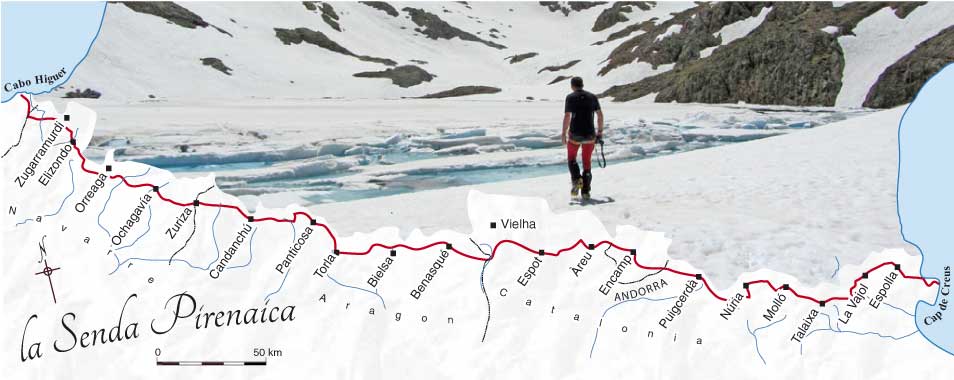


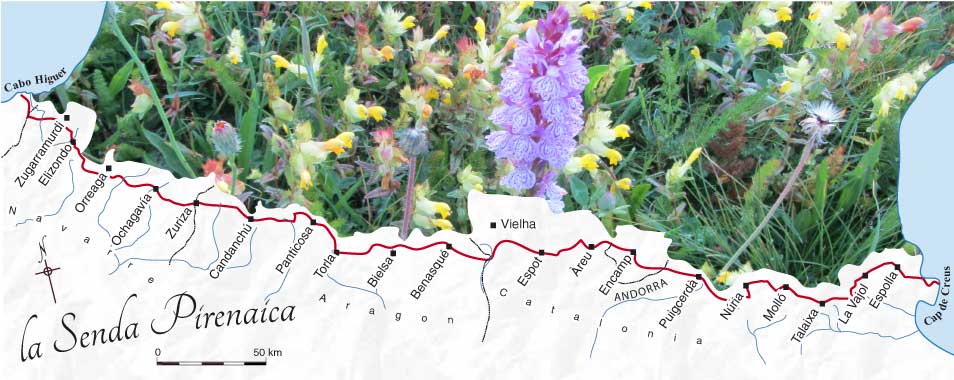
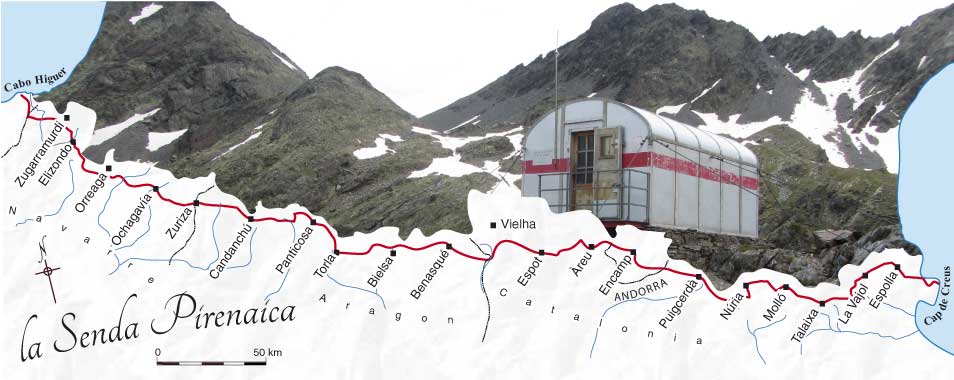
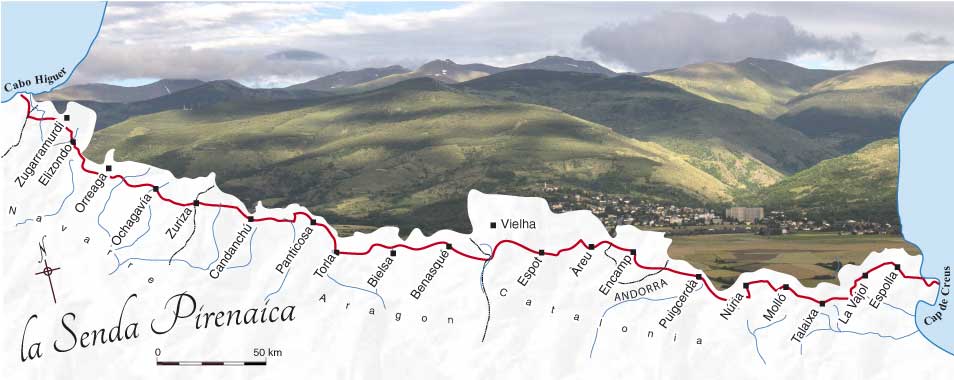
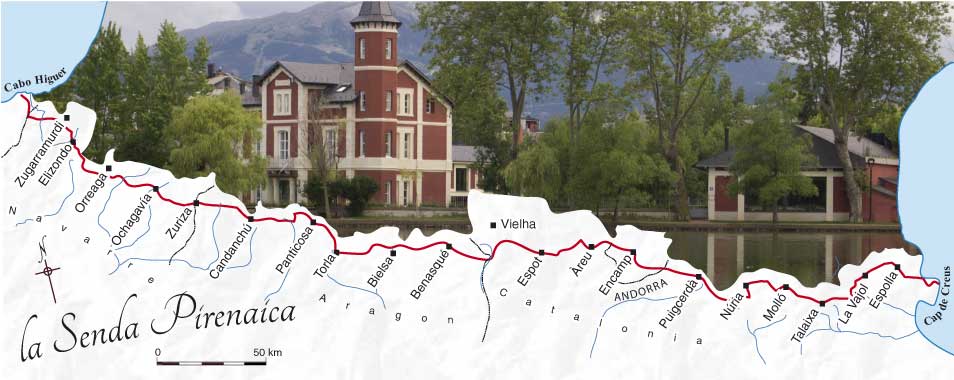
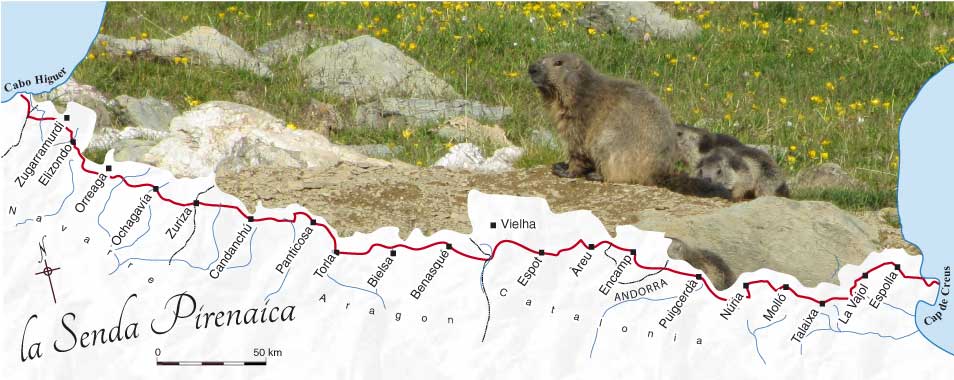


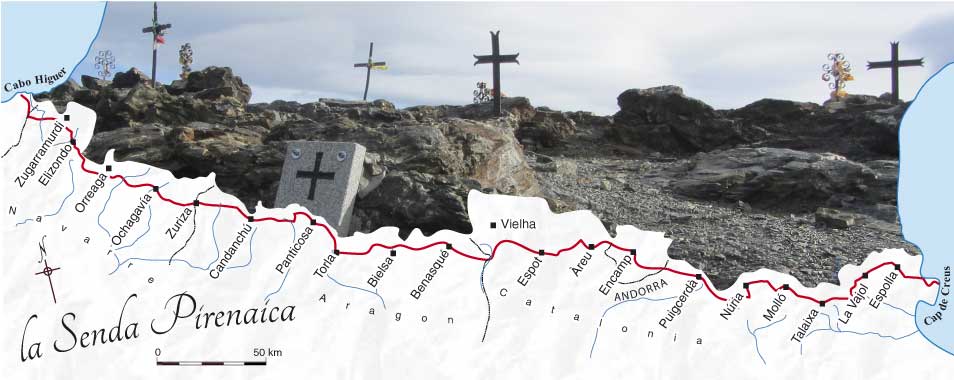
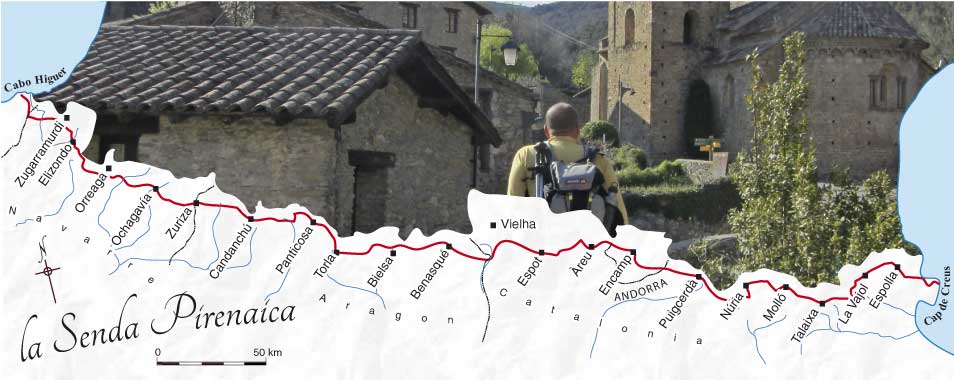


3 thoughts on “Brown bear arrives in Catalan Pyrenees rewilding project”